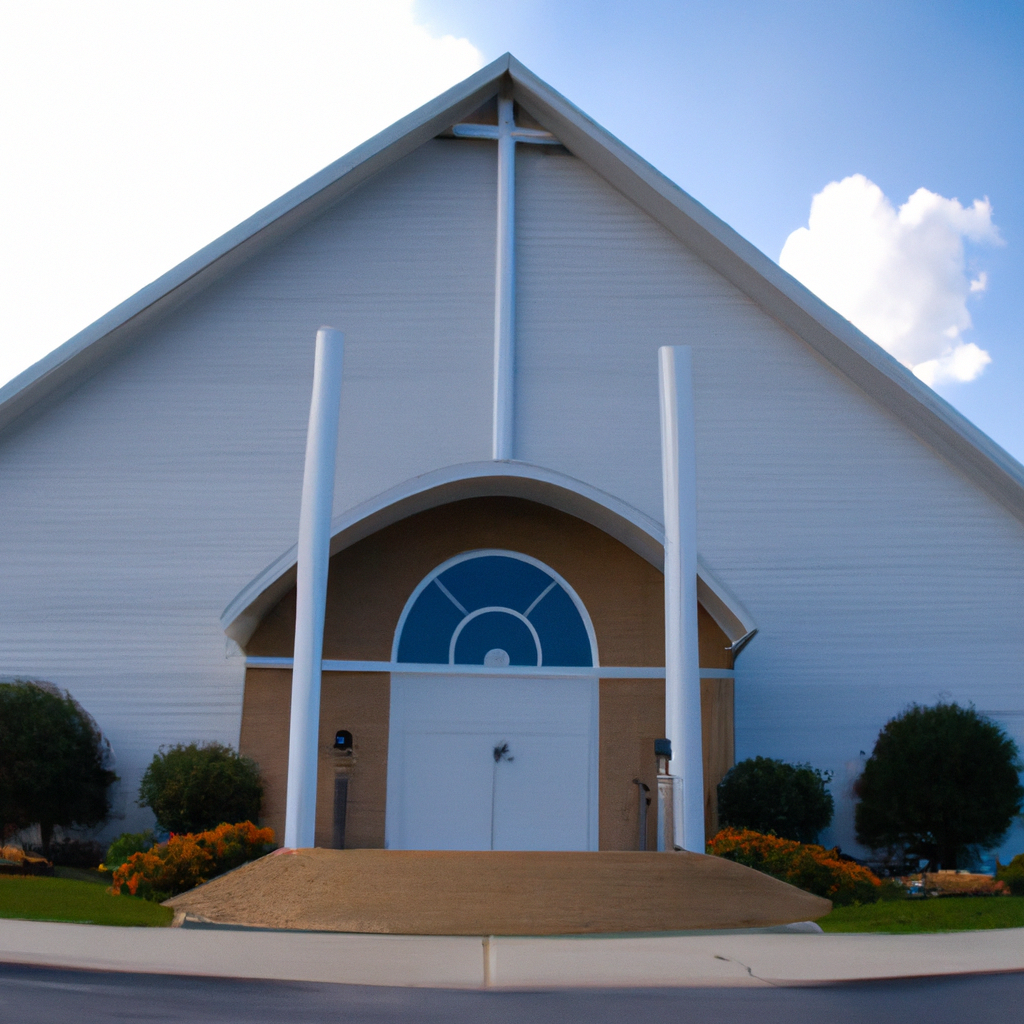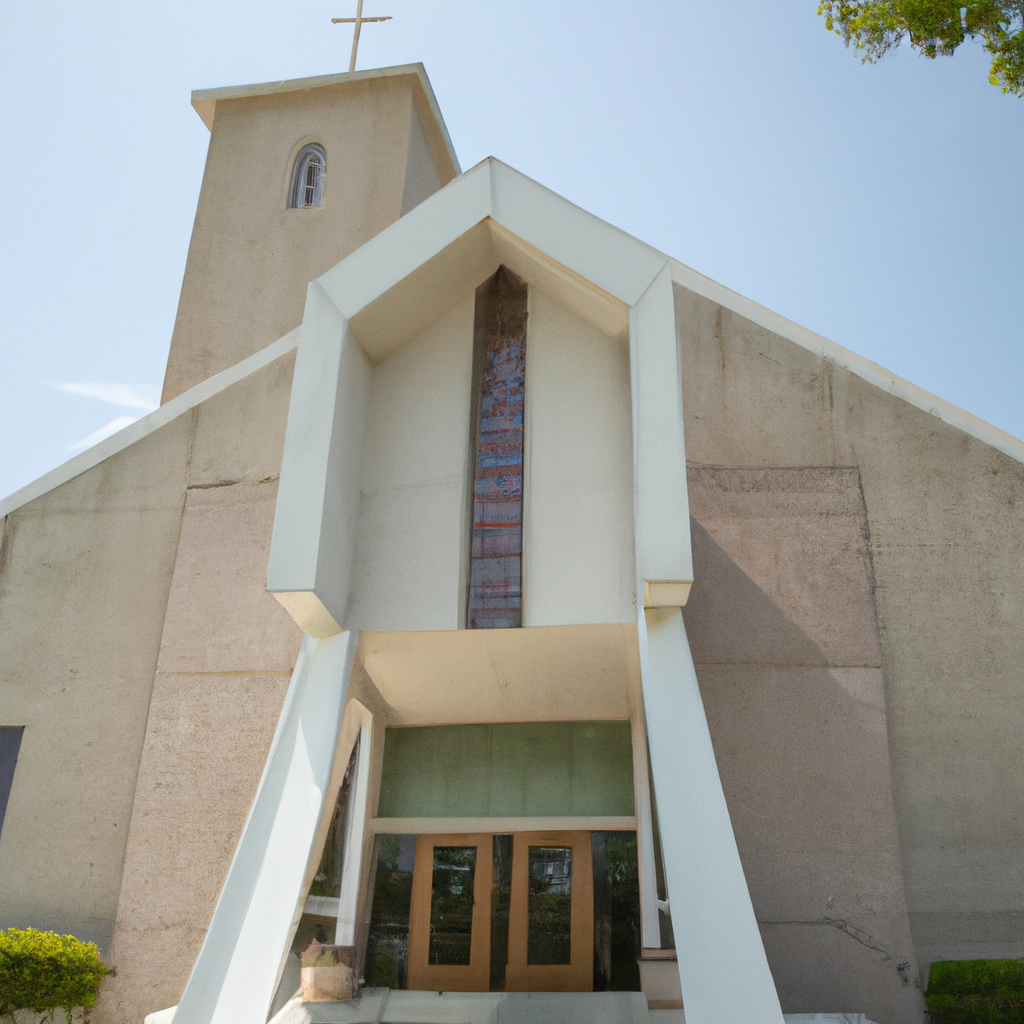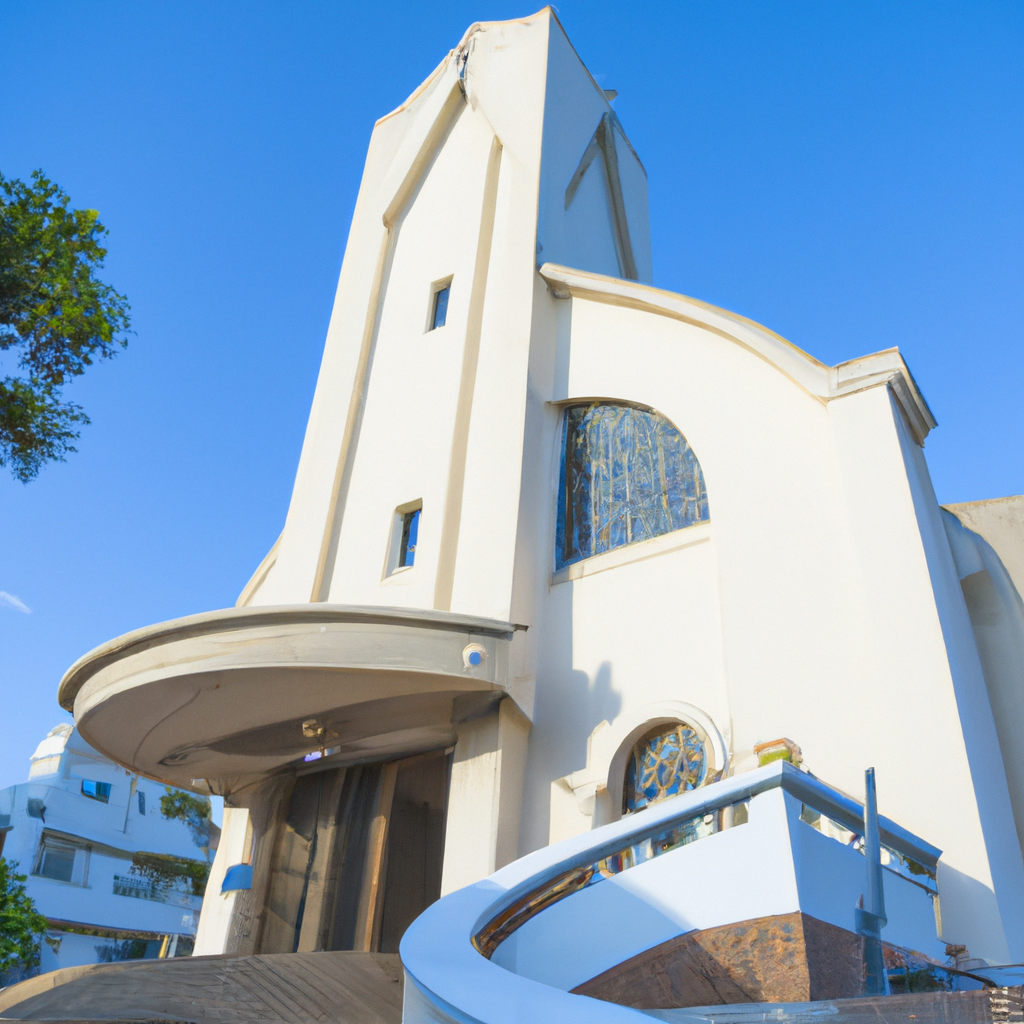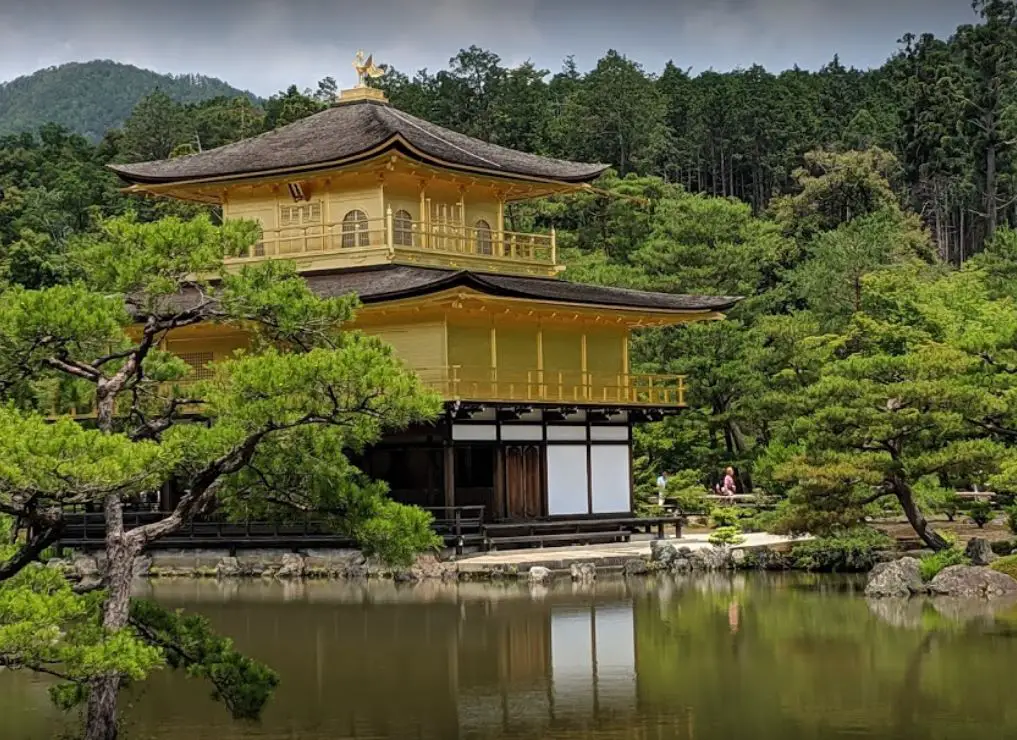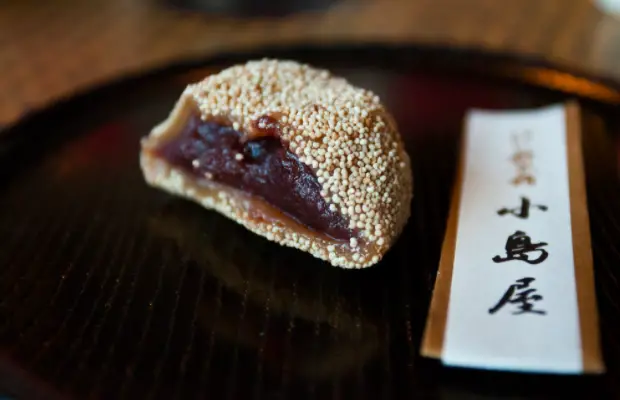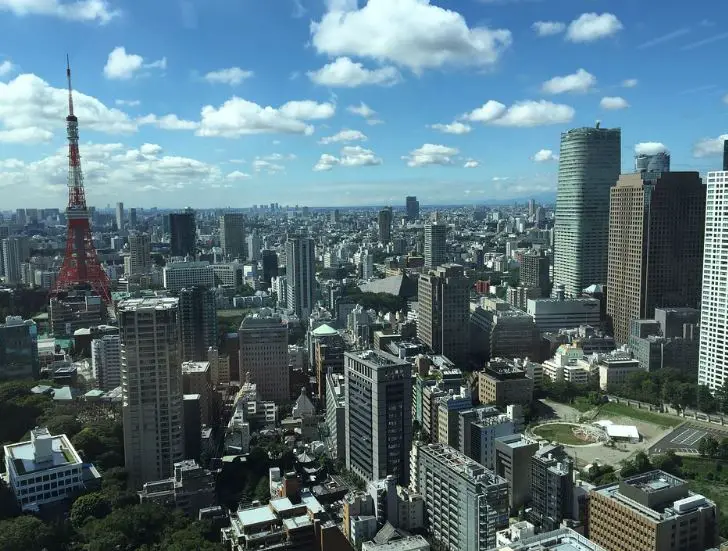Sacred Sites and Pilgrimage Routes in the Kii Mountain Range In Japan: Overview,Prominent Features,History,Interesting facts
Overview:
: The Kii mountain range in Japan is home to a number of World Heritage-listed sacred sites and pilgrimage routes. Shinto shrines and Buddhist temples can be found nestled amongst the peaks, valleys, and rivers of the Kii Peninsula, which stretches from Osaka to near the southern tip of the main island of Honshu. Among the many places of pilgrimage, the Kumano Sanzan and Koyasan are the most renowned. The Kumano Sanzan is a complex of three major Shinto shrines and their associated temples, dedicated to the Kami, or gods, of the mountains. Koyasan is home to one of the most important monasteries in Japan, Mount Koya, where pilgrims can find true spiritual enlightenment. Both of these pilgrimage routes offer scenic beauty and spiritual insight, providing a unique cultural experience to anyone visiting this part of Japan. It is one of the most beautiful monuments in Japan
Prominent Features:
1. Kumano Sanzan: Kumano Sanzan refers to the main three shrines that reward a thousands-year-old tradition of pilgrimage in the Kii Mountain Range. Kumano Hongu Taisha, Kumano Hayatama Taisha, and Kumano Nachi Taisha are the three main shrines that form Kumano Sanzan. 2. Koyasan: Koyasan is a temple town that began more than 1200 years ago when a Buddhist monk named Kobo Daishi built a temple here. Now it's one of the most important pilgrimage sites in Japan, with its multiple shrines, temples and sacred burial grounds that attract visitors from all over the world. 3. Yoshino-Omine: Yoshino-Omine is the spiritual heart of Shugendo, a mountain-based religion that blends together Shinto and Buddhist teachings. This sacred site consists of two mountain paths, which lead to two sacred shrines, Okumiya and Kongobuji. These paths are used by pilgrims to reach the shrines and make offerings. 4. Kii-Katsuura: Kii-Katsuura is a small port town that is located on the Japan’s south-eastern coast. The town is home to many sacred sites including two that are related to the Kumano Sanzan pilgrimage. These two sites are Hana no Iwaya Shrine and Nanenaga Shrine. 5. Nachi Falls: Nachi Falls, also known as Nachi no Taki, is the highest single-drop waterfall in Japan. It is located near the Kumano Sanzan pilgrimage route and is considered to be a sacred place of pilgrimage. The area around the waterfall is also considered to be home to several deities. You can learn history, culture, and heritage through these magnificent monuments in Japan.
History:
The Kii Mountain Range is a mountain range located in the Chubu region of the main island of Honshu in central Japan. It is a sacred site for many of Japan's major religions and has played an important religious role in the country's religious history and traditions. The Kii Mountain Range is considered to be a sacred site for various religious traditions, including Shinto, Buddhism, and Confucianism. It has been an important destination for religious pilgrims from all over Japan and is home to numerous important pilgrimage sites and routes. The two sacred mountains, Mount Koya and Mount Kumano, in the Kii Mountain Range, have been important pilgrimage sites for centuries. Mount Koya is a Koyasan temple complex built by the monk Kukai in 819 CE and is believed to contain Kukai's spirit. The site is now designated as a World Heritage Site and is home to over 100 temples and other religious sites. Mount Kumano is a series of three shrines dedicated to the deity of mountain worship, representing the gods of the sea, mountains, and rivers. The Kii Mountain Range is the site of an important pilgrimage route known as the "Kumano Kodo". This path allows pilgrims to travel between the various sites in the Kii Mountain Range, including Mount Koya and Mount Kumano. The route was first established over 1,000 years ago and is still in use today. The Kii Mountain Range is also home to numerous other sacred sites, including shrines, temples, and pilgrimage routes. Many of the shrines and temples in the area are associated with specific deities or religious traditions. In addition, the Kii Mountain Range is home to many other important historical and cultural sites, such as castles, museums, and traditional gardens. Finally, the Kii Mountain Range is an ecologically diverse region and is home to many endangered animal species. The region is also an important site for conserving natural resources and protecting the environment. Visit one of the famous monuments of Japan with your friends and family.
Interesting facts:
1. The Kii Mountain Range is home to three of Japan’s most sacred sites, known as the Kii Sanzan. These sites are the Kumano Sanzen, consisting of three Grand Shrines – Kumano Hongu Taisha, Kumano Hayatama Taisha, and Kumano Nachi Taisha – located within the mountains. The Kumano Kodo, a series of pilgrimage routes connecting these sanctuaries, makes up the second sacred site. The third site is the Koyasan, a sacred mountain which is home to a Buddhist monastery. 2. The Kii Mountain Range has been a pilgrimage destination for many Japanese royals, Shinto priests, and Buddhist monks since the 10th century. The area is rich in history and has been designated UNESCO World Heritage site, for both its spiritual aspect and its natural beauty. 3. The Kuma River, the largest river in the Kii Mountain Range, has been designated as a sacred river since ancient times and is believed to be a pathway for the Shinto gods to travel between the physical and spiritual worlds. 4. Every year, many pilgrims travel the Kumano Kodo routes, visiting the three Grand Shrines and offering prayers and completing various rituals. These pilgrims are known as the Kumano Kodo Sankei, or the three sacred pilgrimage routes of the Kii Mountain Range. 5. The pilgrimage routes of the Kii Mountain Range range from short routes of just a few kilometers to longer routes of more than 100 kilometers. The most popular pilgrimage route is the Nakahechi route, which is a three-day journey of about 60 kilometers. 6. The Kii Mountain Range is also an important center for spiritual practice. Several branches of the Shingon, Tendai, and Jodo sects of Buddhism are based in this region. The spiritual practices of these sects are closely related to the pilgrimage routes. One of the historical monuments of Japan, it tells the story of a bygone era
Explore Japan most popular tourist destination with us. Sacred Sites and Pilgrimage Routes in the Kii Mountain Range In Japan: Overview,Prominent Features,History,Interesting facts,which is 35.14 km away from Japan main town, is the most popular destination to add in your travel wishlist.
-
City:
Japan
-
state:
• Mount Koya • Kumano Kodo Pilgrimage Routes • Koyasan • Nachi Taisha • Kumano Hayatama Taisha • Mt. Omine • Nihonji • Koguchi-Te • Kii-Tanabe • Yoshino and Omine
-
country:
JP
-
country code:
Japan
-
postcode:
64923026495152647003464802146450303
Location:
• Mount Koya • Kumano Kodo Pilgrimage Routes • Koyasan • Nachi Taisha • Kumano Hayatama Taisha • Mt. Omine • Nihonji • Koguchi-Te • Kii-Tanabe • Yoshino and Omine JP


